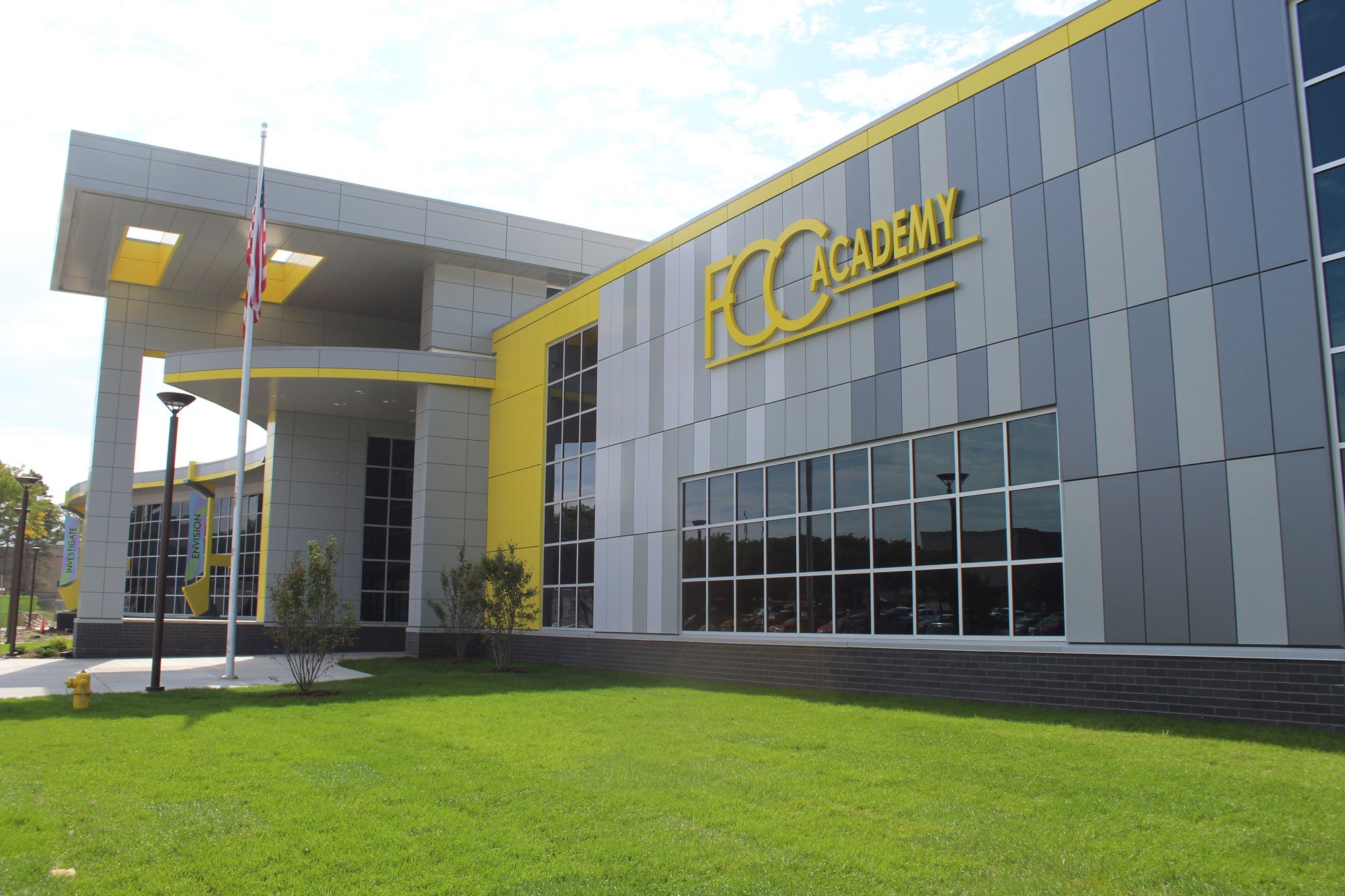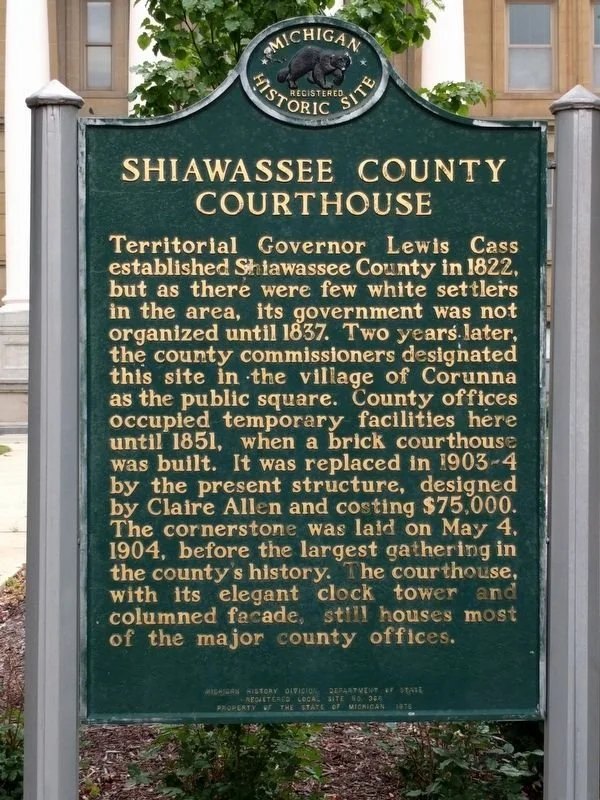Kettering Collection of Industrial History
The Kettering University Archives is located at Factory One in Flint. The focus of the archives is to preserve and provide access to the history of Kettering University, the automotive industry, and Flint. The Special Collections and University Archives were established in 1974, largely through the vision and research interests of Richard P. Scharchburg and members of the University’s Alumni Foundation. The nexus of the collection was the acquisition of the William C. “Billy” Durant Collection from Durant’s widow, which has grown into a collection in excess of 4,500 linear feet of documents (manuscripts and photographs, mainly), plus several hundred books and other “artifacts.”
Hadley House Museum/Holly Historical Society
The Hadley House Museum, built in 1873, is a Victorian Italianate style home with original woodwork and four bedrooms. The first occupant was Dr. Daniel D. Bartholomew, who lived and practiced there until the early 1900s. Afterward, the residence was continually occupied by the Hadley family, from one generation to another. Tom and Arlene Hadley were the last private owners, and in 1986, Arlene Hadley sold her lovely home to the Holly Historical Society. The society had outgrown its first museum, the Patterson House, on East Maple Street.
Flint Cultural Center
The Flint Cultural Center invites you on a journey of discovery and imagination to a place where you can experience entertainment, embrace knowledge, and dream beyond the world you know. As home to a group of nationally-recognized cultural institutions aimed at furthering the arts, sciences, and humanities, the FCC offers a truly unique educational and entertainment resource. Through live performances, unique exhibits, classes, and more, the FCC brings it ALL within your reach.
Durant-Dort Carriage Company Historic Landmark
Declared a National Historic Landmark in 1978, the Durant-Dort building served as the focal point for William C. Durant and J. Dallas Dort's promotional activities in the carriage and automobile businesses from 1896 to 1913 and is credited with being the 1908 birthplace of General Motors. It remains the last physical link to Durant's pioneer efforts in the carriage and automobile business.
Durand Union Station/Michigan Railroad History Museum
The village of Vernon Center (now Durand) was built up around the railroads in the late 1850s. After the rapid expansion of the railroad in the 1870s, the village incorporated itself as Durand in 1887. This was a very busy station as the Grand Trunk Western and Ann Arbor Railroads crossed at grade there. During the early 1900s when the railroad industry was at its peak, 42 passenger trains, 22 mail trains, and 78 freight trains passed through Durand daily. Durand Union Station handled approximately 3,000 passengers per day, making it a prospering hub of the industry.
Clio Area Historical Depot Museum
Clio's beginning was almost by accident. Until the building and completion of the Flint and Pere-Marquette Railway in 1861, Clio's history was comparatively uneventful. Pine forests occupied a portion of its site, and hundreds of acres of the same valuable timber were standing in its immediate vicinity, but the stupid cupidity which actuated one or two men in or near the old village of Pine Run during the building of the railways was Clio's opportunity, and this new avenue of commerce, which would have more fully developed and built up a neat little village, already an important trading and manufacturing point, was divided from its proposed route. Pine Run was given the go-by and the station of Clio was established in its place.
Applewood: The Charles Stewart Mott Estate
Applewood is the historic home of automotive pioneer Charles Stewart Mott and family. While many wealthy men of C.S. Mott’s time built even bigger and more imposing homes meant to impress, the house at Applewood was created for family and friends and reflects this in its warm and intimate interior. Built on a 65-acre plot of land to accommodate a gentleman’s farm, the original buildings include the main house, garage, barn, chicken coop, and gardener’s cottage.
Shiawassee County Courthouse
The cornerstone was laid on May 4, 1904, before the largest gathering in the county’s history. The courthouse, with its elegant clock tower and columned facade, still houses most of the major county offices.
Shaftsburg School/Woodhull Township Hall
When they were not needed at home, most children attended a one-room school about a quarter-mile west of here, just north of Beard Road. By the early 1880s, enrollment had surpassed the building’s capacity which then led to this two-room school house.
Saint Mary's Church
In 1870 Father Joseph Kraemer became pastor of a Catholic mission at Corunna that included all of Shiawassee County. In 1874 he assisted Antrim Township Irish Catholics in purchasing the Alling Schoolhouse, which he dedicated as a church.
Michigan's First Coal Mine
Alexander McArthur of Corunna discovered coal on the banks of Coal Creek in 1839. It was part of a large vein that produced coal until after World War II.
Methodist Episcopal Church
In 1837 four couples came to this area, known as Maple River, from Oakland County to claim their newly purchased acreage. They were soon followed by a dozen families. These pioneer farmers chose this vicinity because the very fertile land was well-adapted for grazing and crop production.
Maple River
In 1837 four couples came to this area, known as Maple River, from Oakland County to claim their newly purchased acreage. They were soon followed by a dozen families. These pioneer farmers chose this vicinity because the very fertile land was well-adapted for grazing and crop production.
Knaggs Bridge Area
Archaeological evidence indicates men lived in this area before the time of Christ. Chippewa Indians settled here sometime before 1790. Their village was called Kechewandaugoning, which is said to mean "Big Salt Lick."
Judd's Corner
Known more recently as Juddville, Judd’s Corners was first settled in 1853 when Connecticut native John Judd purchased four hundred acres of land encompassing this area from the Hazelton brothers, who owned much of the township.
Herman C. Frieseki/Frederick Carl Frieseke
Herman C. Frieseke built this house in 1872. The bricks used were from the tile and brick factory that he and his brother Julius had opened in 1865 beside the tracks of the Detroit, Grand Haven and Milwaukee Railroad.
First National Bank
This structure was built as a bank in 1903. The present building was designed by architect Claire Allen of Jackson and built by Burnett and Baldwin of Corunna.
First Congregational Church and Society
In 1840 thirteen people founded a Presbyterian congregation on the principles of opposition to slavery and “total abstinence from all intoxicating liquors as a beverage.” It was the first church established in Owosso.
Ellen May Tower/Spanish-American War Nurse
In 1898, Ellen May Tower, an army nurse from Byron, died of typhoid fever in a hospital tent after only ten weeks abroad. Her remains arrived in Detroit, and her funeral took place in Byron two days later. The Owosso Evening Argus hailed the event as the first military funeral in Michigan for a woman.



















